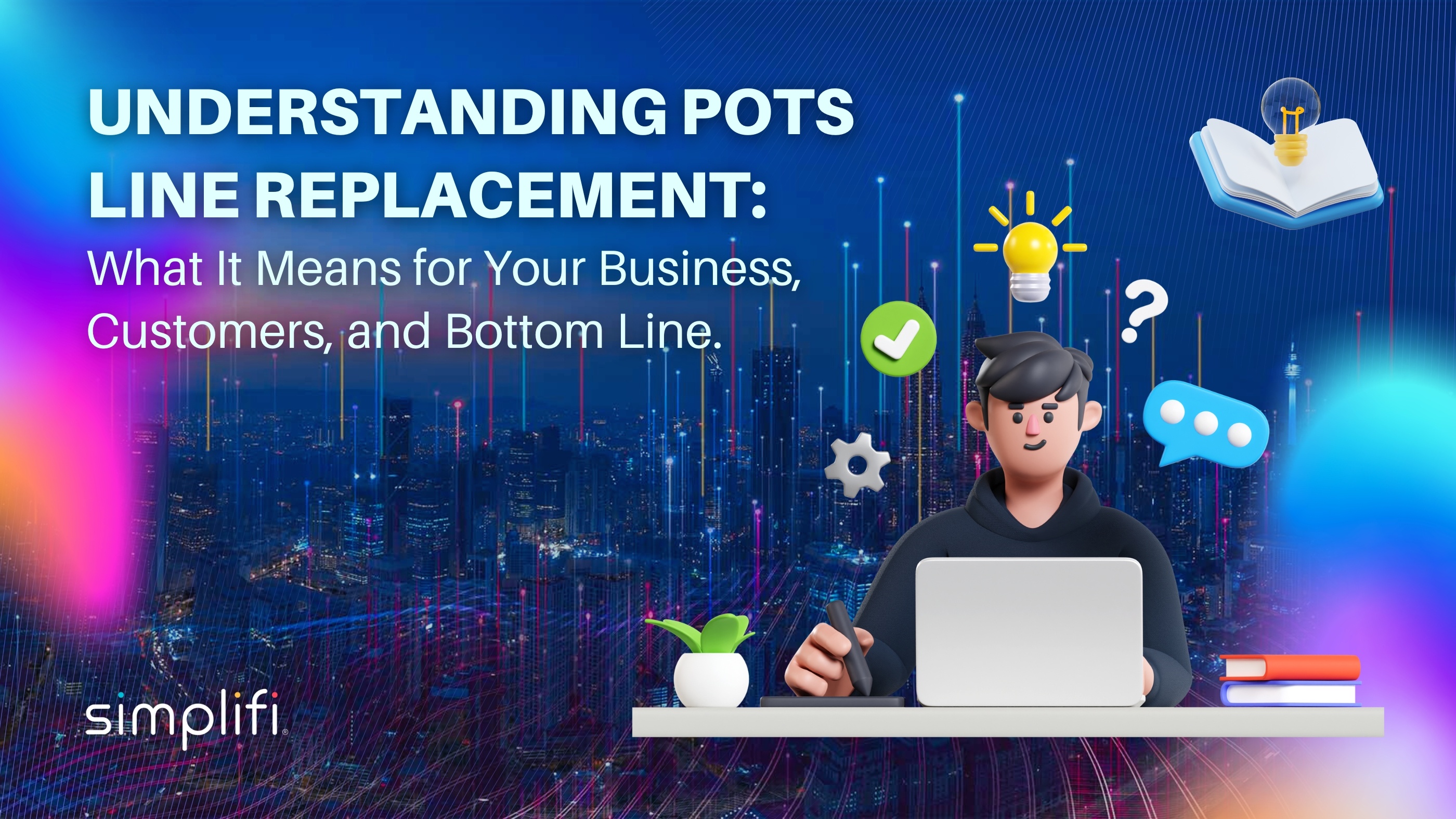Comparing Apples to Oranges: Discover the differences between VoLTE and VoIP when choosing a POTS line solution.
In the ever-evolving telecommunications landscape, businesses face a crucial decision: How to replace aging Plain Old Telephone Service (POTS) lines?...





